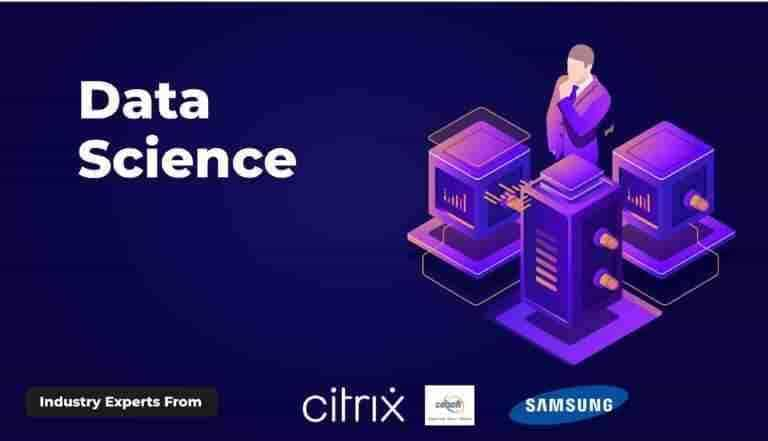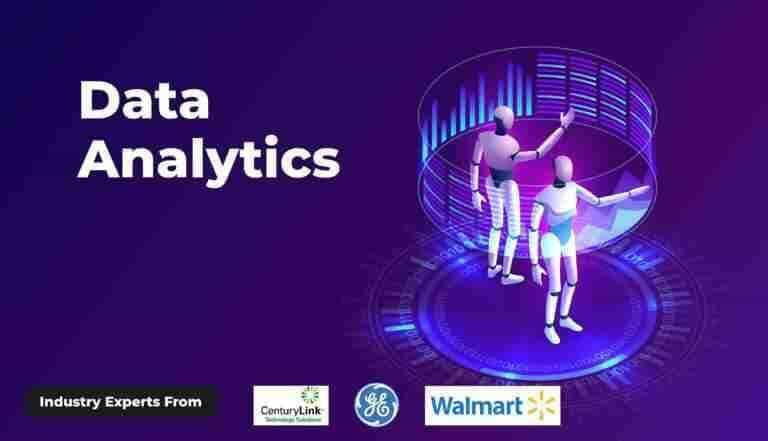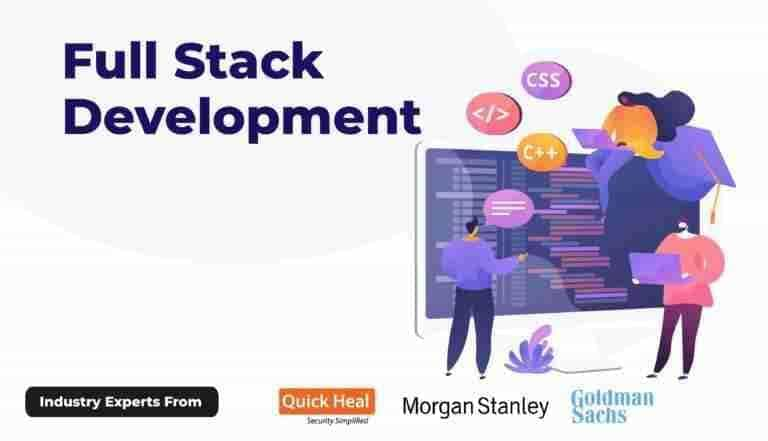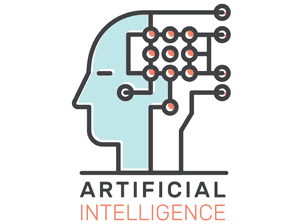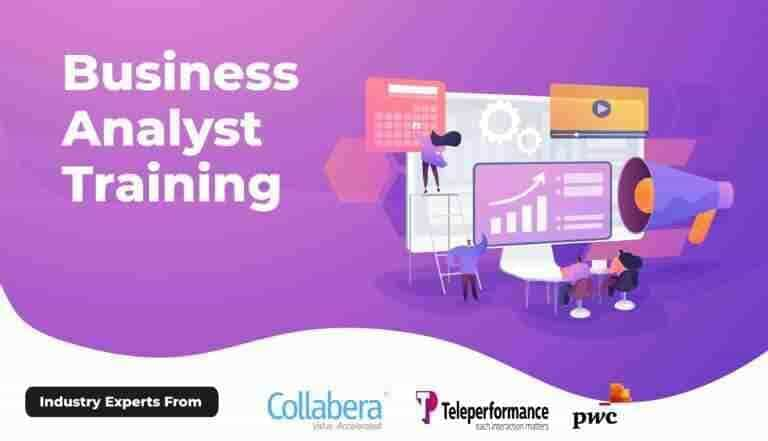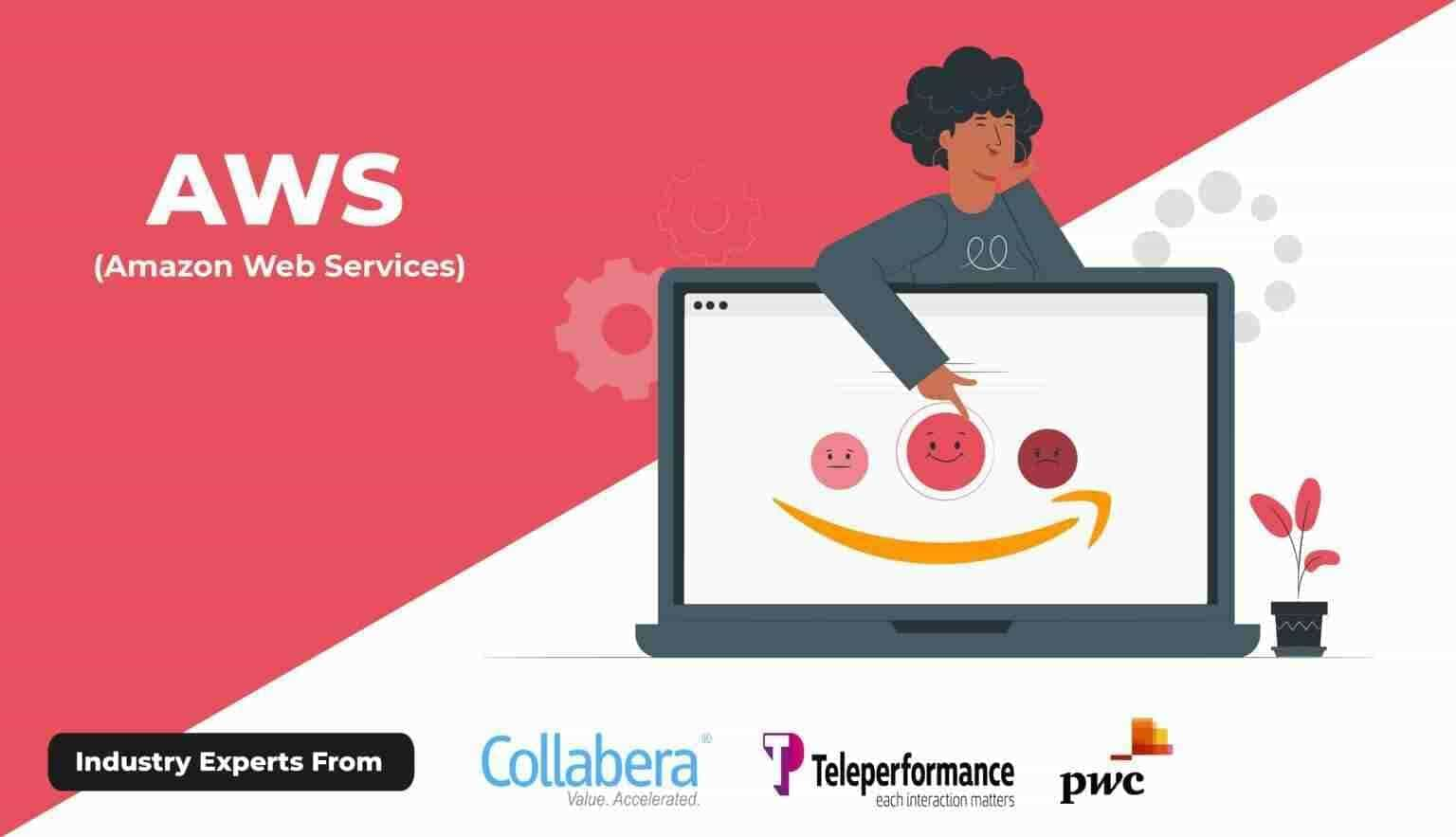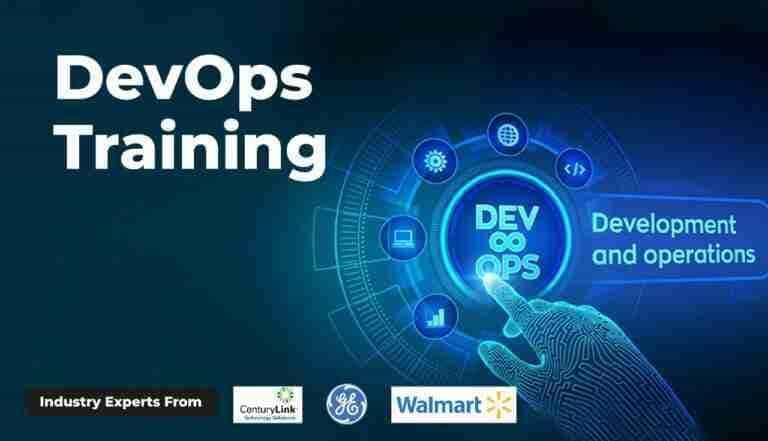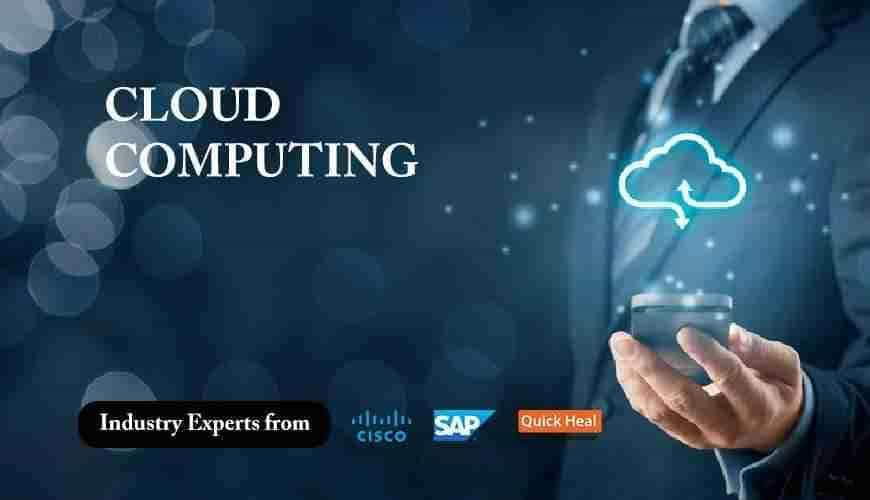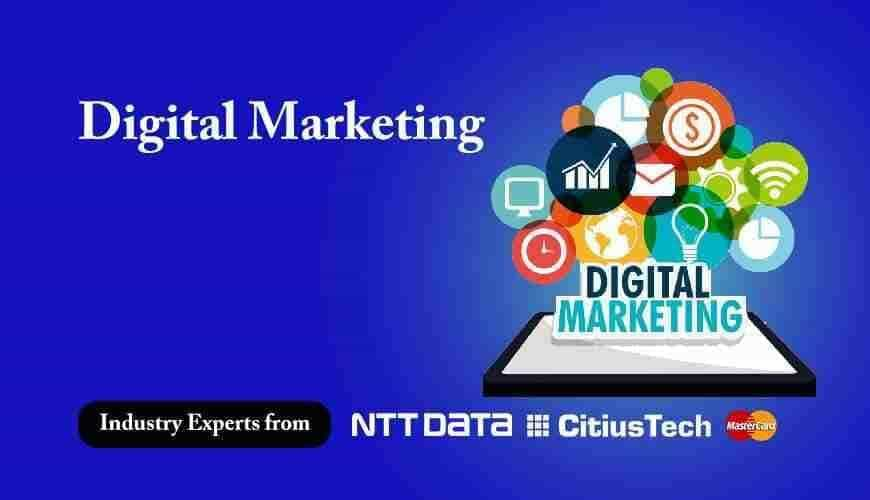A Complete Guide to the Cloud Computing Reference Model
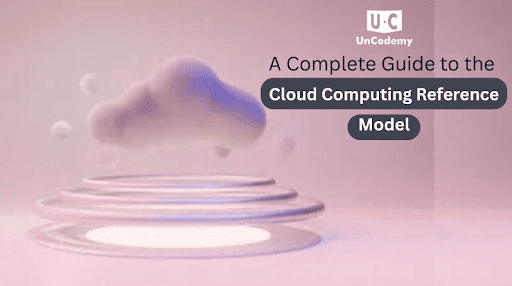
What is the Cloud Computing Reference Model?
The cloud computing reference model can be explained as a blueprint that helps us understand how cloud services are organized and delivered. It is like an architectural plan that shows how different elements of the cloud work together. Many cloud computing courses begin with this model because it provides a base for understanding everything else about cloud technologies.
Traditional computing involved purchasing and maintaining physical servers; cloud computing offered resources over the internet on a pay-as-you-go basis. This cloud computing reference model helps explain this shift by organizing cloud services into distinct layers and categories.
Why the Cloud Computing Reference Model Matters
For anyone taking a cloud computing course, the reference model is more than just theoretical knowledge, it is also a practical framework that helps:
- Understand different cloud service offerings and how they relate to each other
- Make informed decisions about which cloud services to use for specific needs
- Plan cloud migrations and implementations more effectively
- Communicate about cloud concepts using standardized terminology
- Compare offerings from different cloud providers like AWS, Microsoft Azure, and Google Cloud
The cloud computing reference model is being used by business leaders to align technology decisions with business goals, while IT professionals are using it to design solutions and architects reference it when creating system designs.
The Layers of the Cloud Computing Reference Model
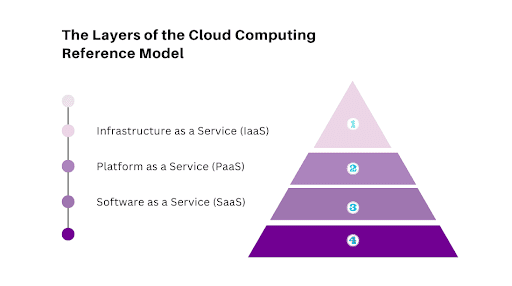
The cloud computing reference model is typically divided into several distinct layers. Let's explore each one in simple terms:
Infrastructure as a Service (IaaS)
The foundation of the cloud computing reference model starts with Infrastructure as a Service. This layer provides the basic building blocks of cloud computing:
- Virtual machines (computers in the cloud)
- Storage (like a hard drive in the cloud)
- Networks (connections between cloud resources)
IaaS gives you maximum control but also requires the most management. Any comprehensive cloud computing course covers IaaS in detail because it's the foundation for many cloud deployments. Examples include Amazon EC2, Microsoft Azure Virtual Machines, and Google Compute Engine.
A real-world example of Infrastructure as a Service in use would look something like this: a growing e-commerce company might use IaaS during seasonal sales peaks to quickly add extra computing power without buying new physical servers.
Platform as a Service (PaaS)
Moving up the cloud computing reference model, we find Platform as a Service. This layer provides:
- Development environments
- Database management systems
- Application platforms
PaaS removes much of the complexity of managing the underlying infrastructure, allowing developers to focus on building applications instead of managing servers. A specialized cloud computing course often emphasizes PaaS for developers and solution architects. Examples include Google App Engine, Microsoft Azure App Service, and Heroku.
A software startup might use PaaS to quickly develop and deploy its application without needing to configure servers or worry about scalability. This real-world example will help you understand Platform as a Service in action better.
Software as a Service (SaaS)
At the top of the cloud computing reference model sits Software as a Service. This is the most visible layer for most users:
- Complete applications delivered via the web
- No installation required on user devices
- Updates and maintenance are handled by the provider
SaaS applications are ready to use and require minimal technical knowledge. While entry-level cloud computing courses might not delve deeply into SaaS development, they often cover how SaaS integrates with other cloud services. Examples include Microsoft 365, Google Workspace, and Salesforce.
The real-world workings of SaaS will look something like this: a marketing agency might use SaaS applications like HubSpot for marketing automation and Slack for team communication, accessing both through web browsers without installing software.
Extended Cloud Computing Reference Model
The basics of the cloud computing reference model have already been discussed above. Now we can cover the extensions to the basic model:
Function as a Service (FaaS)/Serverless Computing
FaaS lets developers run individual functions or pieces of code without managing any infrastructure. It’s also often referred to as “serverless” (though servers still exist, they’re just completely abstracted away). Some examples of FaaS include AWS Lambda, Azure Functions, and Google Cloud Functions.
To help you understand better, imagine an image-sharing application might use FaaS to automatically resize uploaded photos without maintaining servers that run continuously.
Container as a Service (CaaS)
CaaS is used to provide a layer of management for containerized applications (applications packaged with all their dependencies). This part of the cloud computing reference model has gained significant importance in recent years. Examples include Amazon ECS, Google Kubernetes Engine, and Azure Container Instances.
A real-world example would look something like this: a development team might use CaaS to ensure their application works identically across development, testing, and production environments.
Database as a Service (DBaaS)
DBaaS offers fully managed database solutions. This component of the cloud computing reference model is needed for data-intensive applications. Examples include Amazon RDS, Azure SQL Database, and Google Cloud SQL.
To help you understand DBaaS better, here’s an example from the real world: a healthcare application might use DBaaS to store patient records without managing database servers securely.
Service Models in the Cloud Computing Reference Model
A good cloud computing course will also cover the different service models in the cloud computing reference model:
Public Cloud
Services offered by third-party providers over the public internet. These are available to anyone who wants to use or purchase them.
Key Characteristics:
- Pay-as-you-go pricing
- Shared infrastructure with other customers
- Managed by a cloud provider
- Accessible from anywhere with internet
For example, a media company might use public cloud storage to host videos that need to be accessible worldwide.
Private Cloud
Cloud environments that are dedicated and used by a single organization are referred to as private cloud. These provide greater control and privacy.
Key Characteristics:
- Used exclusively by one organization
- Can be hosted on-premises or by a third party
- Greater control over security and compliance
- Often used for sensitive data and applications
For instance, a financial institution might use a private cloud to maintain control over customer financial data while still gaining cloud benefits.
Hybrid Cloud
A combined public and private cloud that allows data and applications to be shared between them is commonly referred to as a hybrid cloud.
Key Characteristics:
- Offers flexibility to move workloads between environments
- Allows businesses to keep sensitive operations private
- Enables "bursting" to a public cloud when extra capacity is needed
- Often a stepping stone for organizations transitioning to the cloud
For example, a manufacturing company might keep its proprietary design data in a private cloud while running its public website on a public cloud.
Multi-Cloud
Using services from multiple cloud providers simultaneously.
Key Characteristics:
- Reduces dependency on a single vendor
- Allows using best-in-class services from different providers
- Can improve disaster recovery options
- Often more complex to manage
For instance, an enterprise might use Microsoft Azure for Windows-based applications and Google Cloud for its machine learning capabilities.
The Future of the Cloud Computing Reference Model
As cloud technologies evolve, so does the cloud computing reference model. Advanced cloud computing courses often cover emerging trends:
Edge Computing: Processing data closer to where it's generated rather than in centralized cloud data centers.
AI and Machine Learning as a Service: Pre-built AI capabilities that can be consumed as cloud services.
Quantum Computing in the Cloud: Access to quantum computing resources through cloud interfaces.
Sustainable Cloud Computing: Focusing on the environmental impact of cloud data centers and energy-efficient computing.
Start Your Cloud Computing Journey with Understanding
The cloud computing reference model is meant to serve as a map in the complex landscape of cloud technologies. If you understand this framework, you will be better equipped to make more informed decisions about cloud adoption, migration, and management. Whether you’re taking a cloud computing course to advance your career or researching cloud options for your organization, this reference model provides the foundation for success.
The beauty of cloud computing lies in its flexibility, there isn’t a one-size-fits-all approach. With a solid base understanding of the cloud computing reference model, you will be able to craft a cloud strategy that perfectly fits your unique needs, balancing factors like cost, performance, security, and scalability.
As cloud technologies continue to evolve at a rapid pace, the fundamental concepts in the cloud computing reference model remain relevant. They provide a stable framework for understanding innovations as they emerge, making this knowledge an invaluable investment in your technical foundation.
Frequently Asked Questions
1. What's the best way to learn about the cloud computing reference model?
Taking a structured cloud computing course is the most effective approach, as it provides both theoretical knowledge and practical implementation skills.
2. Which cloud service model is best for beginners?
SaaS (Software as a Service) is typically the easiest entry point, as it requires minimal technical knowledge to get started.
3. Do I need to understand the cloud computing reference model to use cloud services?
While you can use basic cloud services without this knowledge, understanding the reference model helps you make better decisions and use cloud resources more effectively.
4. How often does the cloud computing reference model change?
The fundamental principles remain stable, but new service categories and deployment models are added as technology evolves. A good cloud computing course will cover both foundations and emerging trends.
5. Is the cloud computing reference model the same across all cloud providers?
The core concepts are universal, but each provider may have their terminology and specific implementations of these concepts.

















